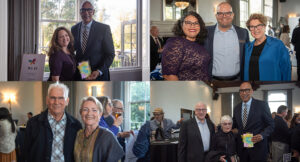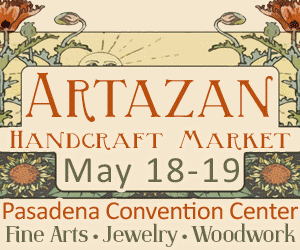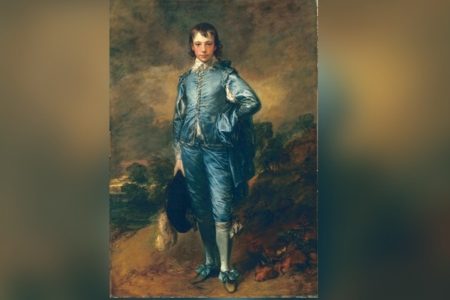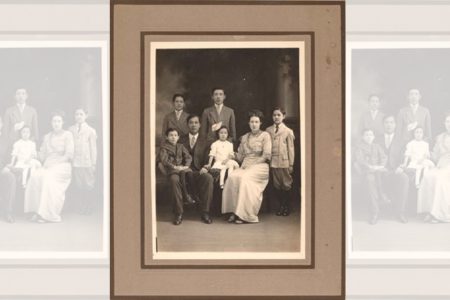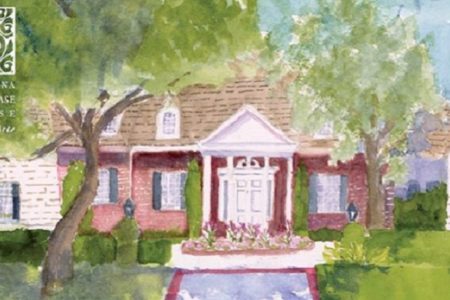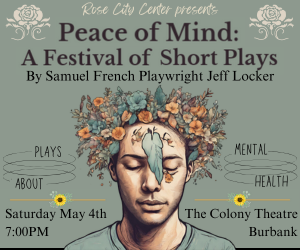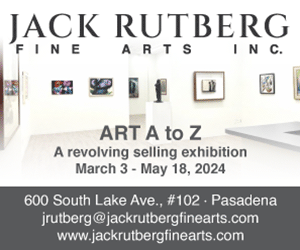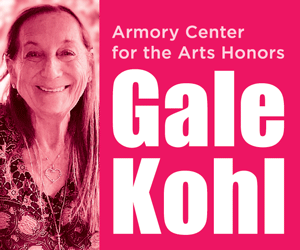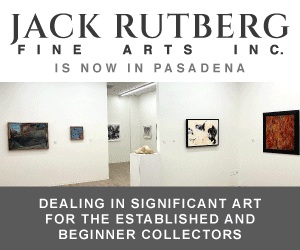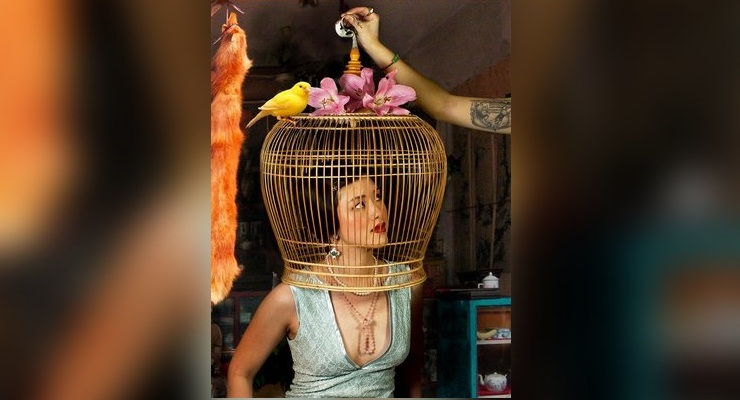
Mei Xian Qiu, Let a Thousand Flowers Bloom: Birdcage, 2012 Photograph on plexiglass Courtesy of dnj gallery
Across the nation, pandemic lockdowns have forced shuttered arts institutions to get creative in a whole new way, if they want to engage their supporters. Most have experimented with virtual events and programming, and now Pasadena’s USC Pacific Asia Museum is following that route with its new exhibition, We Are Here: Contemporary Art and Asian Voices in Los Angeles.
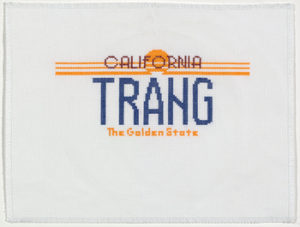
Phung Huynh, Trang, 2019-2020, Embroidery (thread on cotton cross-stitching cloth), Courtesy of the artist
The exhibit spotlights the work of seven contemporary female Asian artists, reflecting the diverse array of Asians who are a vibrant part of the Los Angeles community. Their artworks, interwoven with narratives about the global 21st century.
Phung Huynh, a Vietnam War refugee, leads off the exhibition with a series of embroidered images of California license plates emblazoned with Asian first names, recalling personalized souvenir keychains. Also notable are her granular graphite portraits of Southeast Asians on the covers of pink donut boxes–in honor of the many donut shops owned by Cambodian refugees–in a series titled, Won’t You Be My Neighbor?
Next up is Ann Le, who delved into her family photo archive to create artworks that honor the past. Born in San Diego to a family of refugees from Vietnam, Le’s layered images form photomontages–often juxtaposing the destruction of bombs with images of her loved ones–which speak to the impact of war and her family’s struggles of rebuilding their lives in America.
Ahree Lee creates videos and handwoven textiles, inspired by her experience as an American child of Korean immigrants. Her textiles merge weaving and computer coding, because the first computers were based on the technology of the loom. It also honors the fact that women were instrumental in the development of computing, although they were later left behind as the computer industry became profitable and powerful.
Artist Reanne Estrada reflects on her childhood as a Filipina immigrant in California, alternating between individual creative acts and collaborative ones that make viewers part of the artwork. For We Are Here, she created artworks that comment on systems of surveillance.
Inspired by daily life, Kaoru Mansour uses elements of the natural world in her paintings, rooted in her childhood memories of rural Japan. Her work rediscovers the joys of colors, shapes, family, plants and animals.
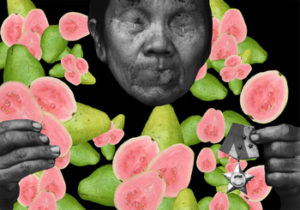
Ann Le, It was Your Family (Widow of Viet Cong Soldier and Guava), 2015, Archival Pigment Print, Courtesy of the artist
Mei Xian Qiu, born in Indonesia to a Chinese minority family who fled persecution, uses photography as the base of visually rich artworks that challenge viewers to consider the boundary between illusion and reality. The show includes three of Qiu’s series, each reflecting her experiences traveling between China, Indonesia and the U.S. Let a Thousand Flowers Bloom: Birdcage was inspired by Mao Zedong’s 1956 speech that sparked a short-lived artistic and intellectual renaissance in China that ultimately resulted in a crackdown on independent thought. Her 2012 photograph on plexiglass shows a Chinese woman in Western dress with a birdcage covering her head.
Finally, Sichong Xie creates multi-channel, multimedia installations and performances drawing on her childhood in Xi’an, China. Her installation here, Do Donkeys Know Politics: Scaffolding, which comments on her grandfather’s two-year imprisonment in a labor camp because of a political illustration, which was destroyed. Xie tapped her grandmother’s memory to recreate and repeat it.
